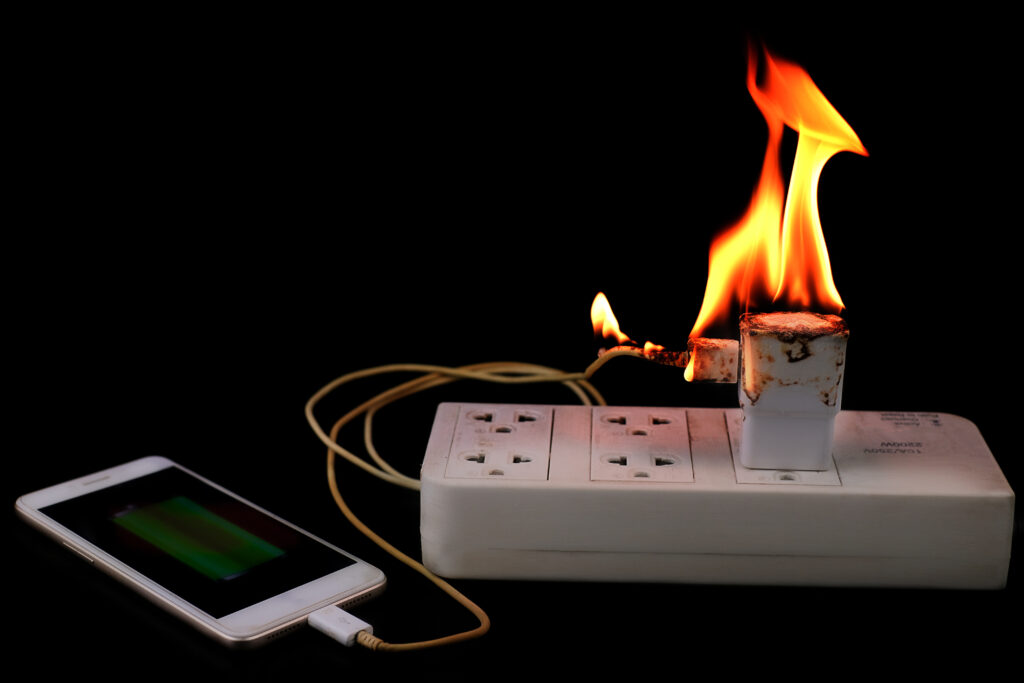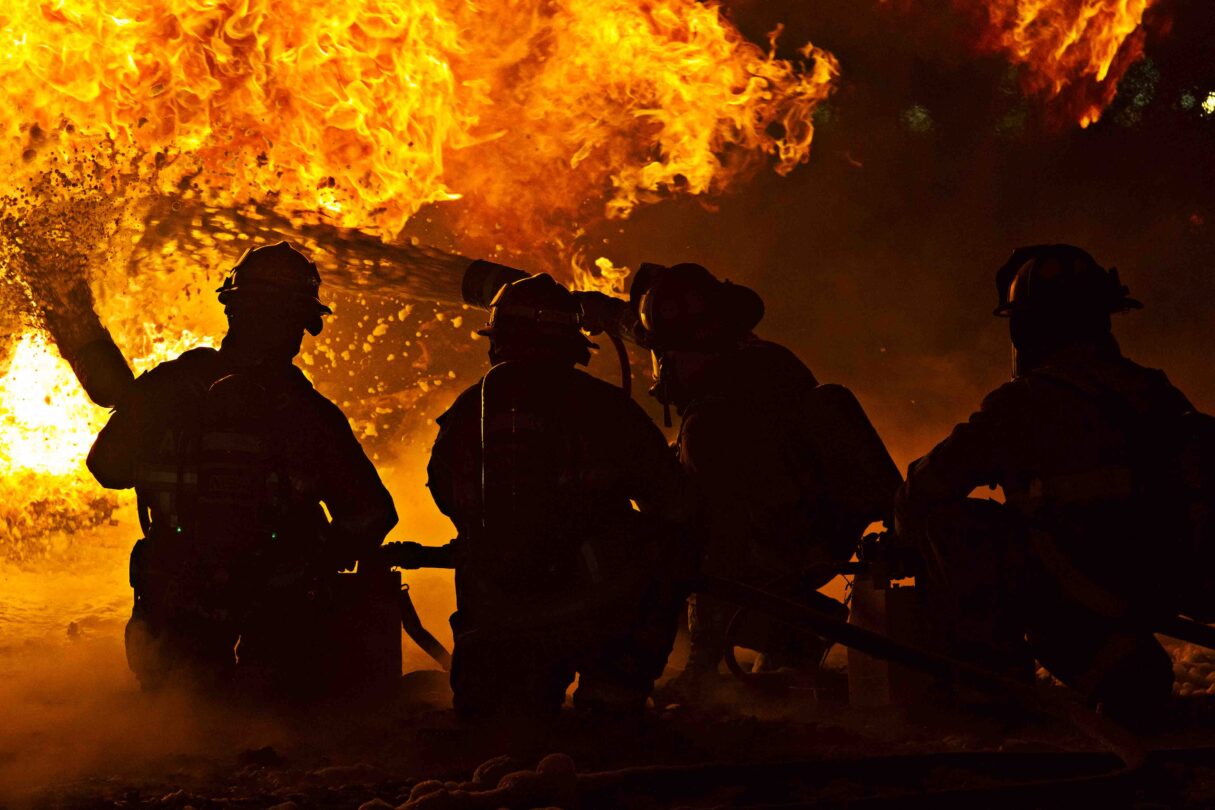Lithium-Ion Battery Fire Safety

Lithium-ion batteries power a wide range of devices including smartphones, laptops, e-scooters, e-bikes, e-cigarettes, vehicles, smoke detectors, and even toys. When mishandled or damaged, these batteries may overheat, ignite, or in some cases, explode.
The Problem: Understanding Battery Hazards
Lithium-ion batteries store a large amount of energy and can pose a threat if not treated properly. Fires can be caused by thermal runaway—a rapid chain reaction triggered by overheating, overcharging, physical damage, or internal defects.
Warning Signs: How to Spot Danger Early
Discontinue use of the battery if you detect any of the following: odor, discoloration, excessive heat, deformation, leakage, or strange sounds. If it’s safe, place the device away from flammable materials and call 9-1-1.
Best Practices: Take C.H.A.R.G.E
- When buying devices, check for the Underwriters Laboratories (UL) mark, which indicates the product has undergone safety testing.
- Charge and store the device according to the manufacturer’s guidelines.
- Only use the charging cable and power adapter designed for that specific device by the manufacturer.
- Do not charge your device near exits, including doors, windows, or fire escapes.
- Keep batteries and devices at room temperature, away from direct sunlight.
- Do not charge using an extension cord.
- Store batteries in a location free from flammable materials.
Recycle Responsibly
- Do not put lithium-ion batteries in the trash.
- Do not put discarded batteries in piles.
- Recycling is always the best option.
- Dispose lithium-ion batteries at designated recycling facilities.
For a responsible way to dispose lithium-ion batteries, visit: call2recycle.org/locator


